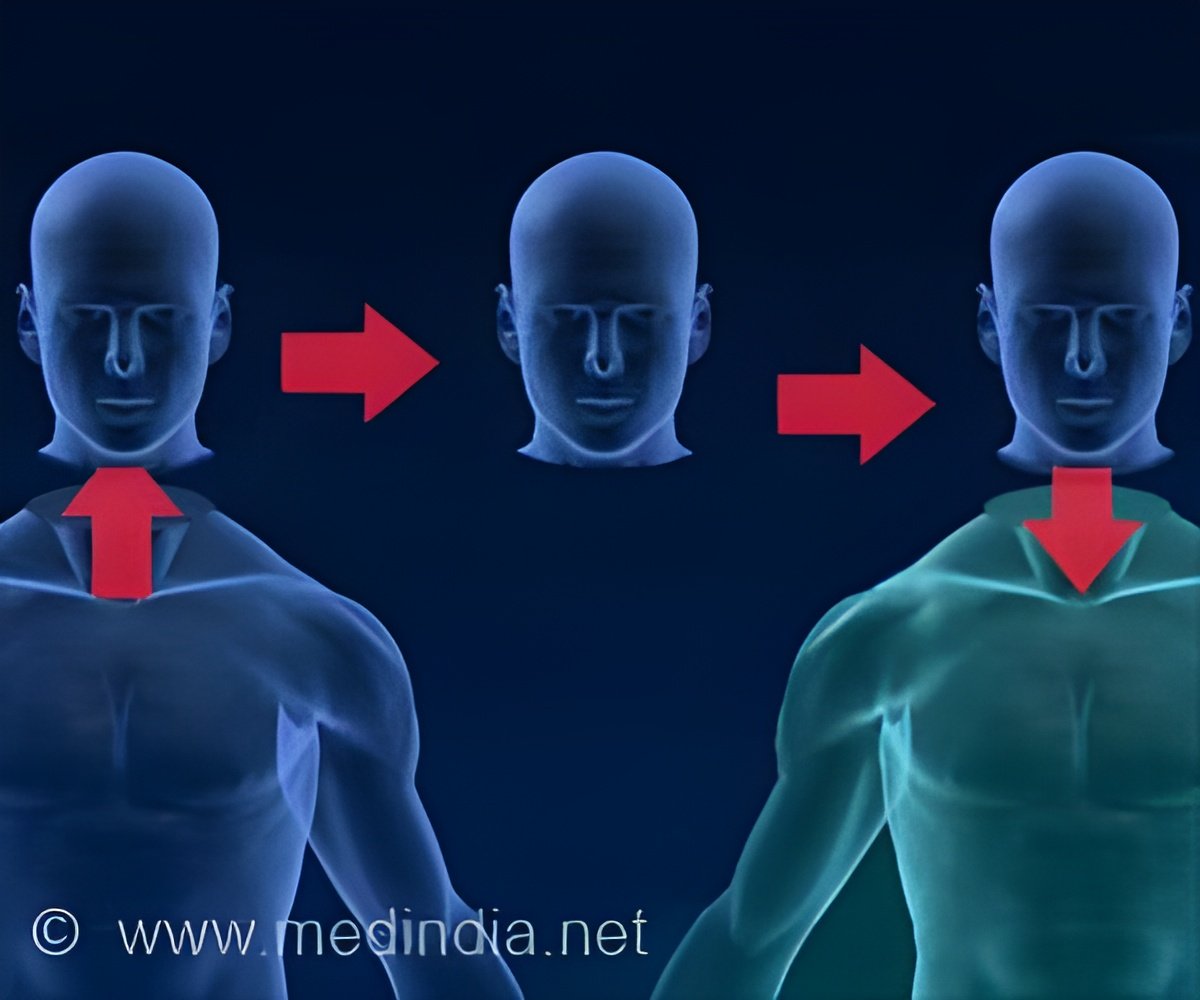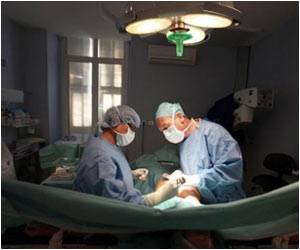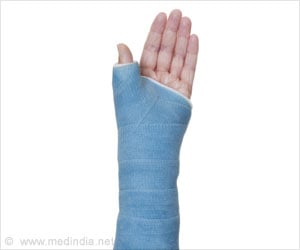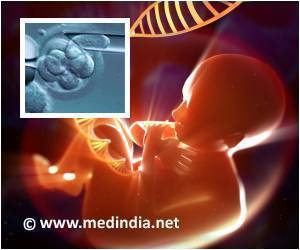
‘Due to advances in technology, the first human head transplant could happen by 2030.’
Tweet it Now
In today’s world of advancements in nerve surgery, robotics, and stem cell transplants, it is possible to reattach an entire spinal cord and carry out the head transplant successfully by 2030. “Initially our intention was to just brainstorm an idea and it seemed rather silly, but then I realised, it actually isn’t. If you transplant the brain and keep the brain and spinal cord together it’s actually not impossible,” said Bruce Mathew.
Mr. Mathew explained the possibilities of the head transplant procedure using the advancements in healthcare
• Using robotics and AI, 200 spinal nerves can be connected
• The spinal cord can be taken off so that the whole brain and spinal cord and lumbar sacra can be dropped into a new body.
Advertisement
Mr. Mathew continued “That there are still doubts as to whether the head and spine could be made to successfully integrate with so much of another person’s DNA, and that gut bacteria may need to also be transferred. But he believes stem cell transplants could be used to prevent rejection.”
Advertisement
“I mean there are huge problems, but it is possible. And you’ve got to remember you’ve got thousands of people in deep freezes, often just heads, and companies who really believe you will one day be able to reawaken them from the dead, cure them of disease, and give them new bodies. In comparison what I’m proposing is fairly conservative.”
The head transplant method helps patients with spinal injuries and degenerative muscle diseases.
Source-Medindia









